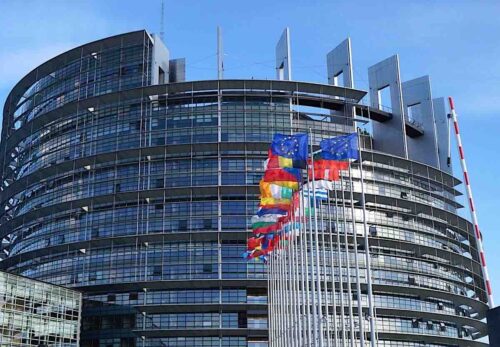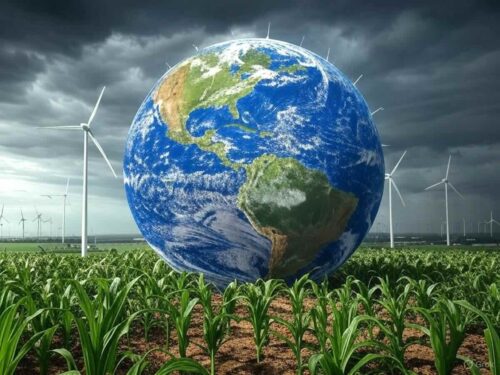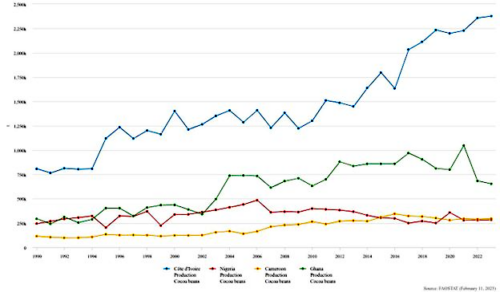by SciTec, Apr 25 2025
The Antarctic Ice Sheet (AIS) plays a major role in global sea-level rise. Since March 2002, the GRACE (Gravity Recovery and Climate Experiment) mission and its successor, GRACE-FO (GRACE Follow-On), have provided valuable data to monitor changes in ice mass across the AIS.
Previous studies have consistently shown a long-term trend of mass loss, particularly in West Antarctica and the Antarctic Peninsula, while glaciers in East Antarctica appeared relatively stable. However, a recent study led by Dr. Wang and Prof. Shen at Tongji University has found a surprising shift: between 2021 and 2023, the AIS experienced a record-breaking increase in overall mass.

Notably, four major glaciers in the Wilkes Land–Queen Mary Land region of East Antarctica reversed their previous pattern of accelerated mass loss from 2011 to 2020 and instead showed significant mass gain during the 2021 to 2023 period.
Record-breaking mass gain over the Antarctic Ice Sheet
From 2002 to 2010, the AIS has experienced a mass loss with a change rate of –73.79±56.27 Gt/yr, which nearly doubled to –142.06±56.12 Gt/yr for the period 2011–2020. This accelerated mass loss was primarily related to intensified mass depletion in West Antarctica and the WL-QML region of East Antarctica. However, a significant reversal occurred thereafter, driven by anomalous precipitation accumulation, the AIS gained mass at a rate of 107.79±74.90 Gt/yr between 2021 and 2023.
…






